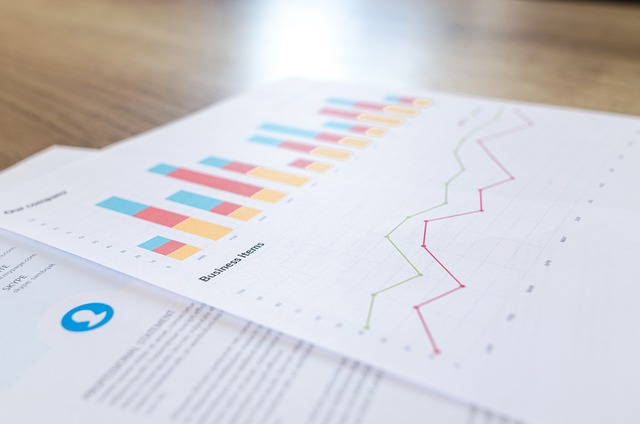
Every UK business must comprehend its tax obligations, especially with respect to Value Added Tax (VAT). VAT is a consumption tax levied on goods and services, and understanding its various rates is essential for regulatory compliance.
If you’re new to the subject, we encourage you to read our What is VAT page for a foundational explanation. Additionally, for those needing quick calculations, our VAT Calculator tool is available.
This guide provides a detailed examination of the three main VAT rates applied in the UK, ensuring that businesses are well‑equipped to manage their tax responsibilities.
The United Kingdom’s Three Main VAT Rates
The United Kingdom employs three principal VAT rates:
The standard rate is 20%, complemented by a reduced rate of 5% and a zero‑rated category at 0%.
The following sections provide an in‑depth examination of each VAT rate and their applications.
The Standard Rate of VAT (20%)
The standard VAT rate of 20% applies to the majority of goods and services. This rate is widely recognized and forms the basis for most VAT calculations.
Examples of items subject to the standard rate include:
- Electronics, appliances, and home furnishings
- Non‑essential food and beverages, including alcoholic drinks and confectionery
The Reduced Rate of VAT (5%)
The reduced rate of 5% applies to certain goods and services that are deemed essential or provide significant social benefits.
Typical items eligible for the reduced rate include:
- Child car seats
- Mobility aids for the elderly
Zero‑Rated VAT (0%)
Zero‑rated items are subject to VAT regulations at a rate of 0%. Although VAT is applied, no charge is passed on to the consumer, and businesses may reclaim VAT on related expenses. For more details on reclaiming VAT for zero‑rated items, please visit our Reclaim VAT page.
Common examples of zero‑rated items include:
- Children’s clothing and footwear
- Books, newspapers, and magazines
VAT Exemptions
In contrast to zero‑rated items, VAT‑exempt goods and services do not incur VAT, and businesses are unable to reclaim VAT on associated costs.
Examples of VAT‑exempt items include:
- Financial and insurance services
- Certain cultural services, such as museum admission
Comparison of VAT Rated Goods & Services
The table below categorizes various goods and services by their applicable VAT rate.
| Standard Rate VAT Items | Reduced Rate VAT Items | Zero-Rated VAT Items | VAT Exempt Items |
| Electronics & Appliances | Domestic Fuel & Power | Fresh Produce, Cold Takeaway Food | Financial and Insurance Services |
| Clothing and Footwear (with specific exceptions) | Children’s Car Seats | Books, Newspapers | Health Services by Registered Professionals (Doctors, Dentists, Opticians) |
| Household Furniture & Appliances | Home Adaptations for Disabled Individuals | Medical Equipment & Aids | Education |
| Professional Services (e.g., legal, accounting) | Residential Energy-Saving Materials | Goods & Services Exported Outside the EU | Cultural Services, such as museum or gallery admission |
| Fuel (excluding domestic fuel and power) | Smoking Cessation Products (e.g., nicotine patches) | Prescription Medications, Some Medical Equipment |
Changes to VAT Rates
VAT rates in the United Kingdom are determined by legislation. Any amendments require parliamentary approval, ensuring transparency and accountability.
Although the rates have remained relatively stable since their inception, it is imperative for businesses to stay informed about any legislative updates. For more detailed computations, refer to our UK VAT Formula. Additionally, if you are interested in exploring alternative VAT schemes, please visit our Flat Rate VAT page.
Key Takeaways
- Understanding the three primary VAT rates-20% standard, 5% reduced, and 0% zero‑rated-is essential for accurate tax calculations.
- VAT exemptions differ from zero‑rated items; VAT on exempt goods and services cannot be reclaimed.
- Staying informed about legislative changes is crucial to ensure compliance and avoid HMRC penalties.
- Proper categorization of goods and services supports accurate financial reporting and tax management.
Conclusion
This article has provided an in‑depth overview of the three main VAT rates in the UK while clarifying the differences between zero‑rated and VAT‑exempt items.
By understanding these classifications and remaining vigilant to regulatory updates, businesses can maintain compliance and mitigate potential penalties.
For more VAT‑related articles and further resources, please visit our Articles hub.